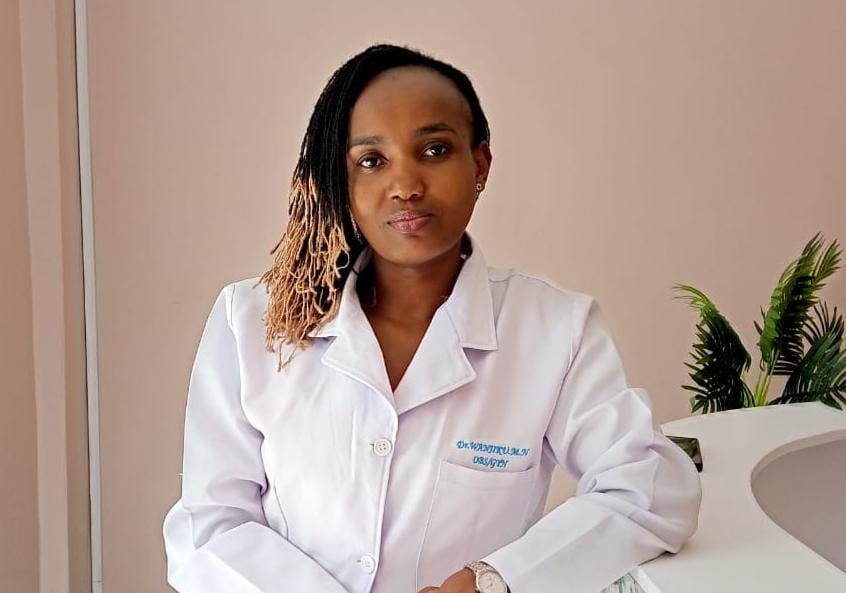
Menopause is often spoken about in hushed tones, as though
it were a shadow descending on a woman’s life.
But in truth, it is a
natural biological process that marks the end of menstrual cycles, diagnosed
after 12 consecutive months without a period. It typically occurs between the
ages of 45 and 55, though it can arrive earlier or later.
Far from being a
crisis, it can be understood as a new chapter—one of reflection, growth, and
reinvention.
The transition is driven by a decline in reproductive
hormones, primarily estrogen and progesterone, produced by the ovaries.
As these hormone
levels fall, menstrual cycles first become irregular and eventually stop
altogether.
This journey unfolds in stages: perimenopause, which can
last between four and ten years, where hormone fluctuations trigger irregular
periods, hot flashes, and mood swings; menopause itself, the point when periods
have ceased for a year; and post-menopause, the years that follow, when
symptoms may ease but new health risks such as osteoporosis and heart disease
may emerge.
For many women, the symptoms are all too familiar: night
sweats, vaginal dryness, mood swings, disturbed sleep, weight gain, thinning
hair, and shifts in libido. Some even notice memory lapses or difficulty
concentrating.
While these challenges can feel overwhelming, they are not
insurmountable. A mix of lifestyle adjustments and medical interventions can
offer relief.
Exercise, a balanced diet, stress management, and avoiding
smoking, caffeine, or excess alcohol can make a significant difference.
For others, hormone
replacement therapy, non-hormonal medications, or localised estrogen treatments
may be recommended.
Even natural supplements such as soy isoflavones or black
cohosh are explored by some.
Still, doctors advise seeking medical help if symptoms are
severe, whether heavy bleeding, painful intercourse, or mood changes that
interfere with daily life.
Yet, the story of menopause is not just medical.
Historically, it has been weighed down by stigma, viewed as a loss of
fertility, of femininity, of desirability.
But that narrative is
changing. Increasingly, women are reframing this period not as a decline but as
an opportunity for renewal.
They are listening to their own needs more closely than
ever, and in doing so, using menopause as a reset button.
Across the world, women in their 40s, 50s, and beyond are
starting businesses, writing books, returning to school, and pivoting careers.
A 2024 report by the Global Entrepreneurship Monitor even
noted that women aged 45 to 64 are one of the fastest-growing groups of new
entrepreneurs in North America.
This phase brings its share of challenges, but it also brings wisdom, perspective, and a sharpened sense of priorities.
Many women
describe a new clarity that allows them to make bold decisions and set firmer
boundaries. It is not just about enduring physical change, but embracing it as
a catalyst for transformation.
Body image, too, evolves in midlife. Shifts in weight, hair,
and skin can be unsettling, but for many, self-acceptance deepens. Fitness
trends such as strength training and yoga are gaining popularity among women
over 50, not as tools for aesthetics but as practices of empowerment.
It’s less about fitting into a mold and more about
reclaiming strength, control, and confidence.
Of course, not every woman has equal access to this
reinvention. Socioeconomic divides shape how menopause is experienced.
For some, the lack of access to healthcare, education, and
support systems means the journey is far harder. Closing these gaps is crucial
if menopause is to become not a burden but an empowering transition for all
women.
Ultimately, menopause is not an ending. It is an invitation
to pause, to reflect, and to evolve. Whether it means starting something new,
letting go of what no longer serves you, or simply standing more firmly in your
own power, midlife is not a crisis.
It is a transformation, an opportunity to embrace change and to step boldly into the next chapter of life.


.jpeg&w=3840&q=100)









